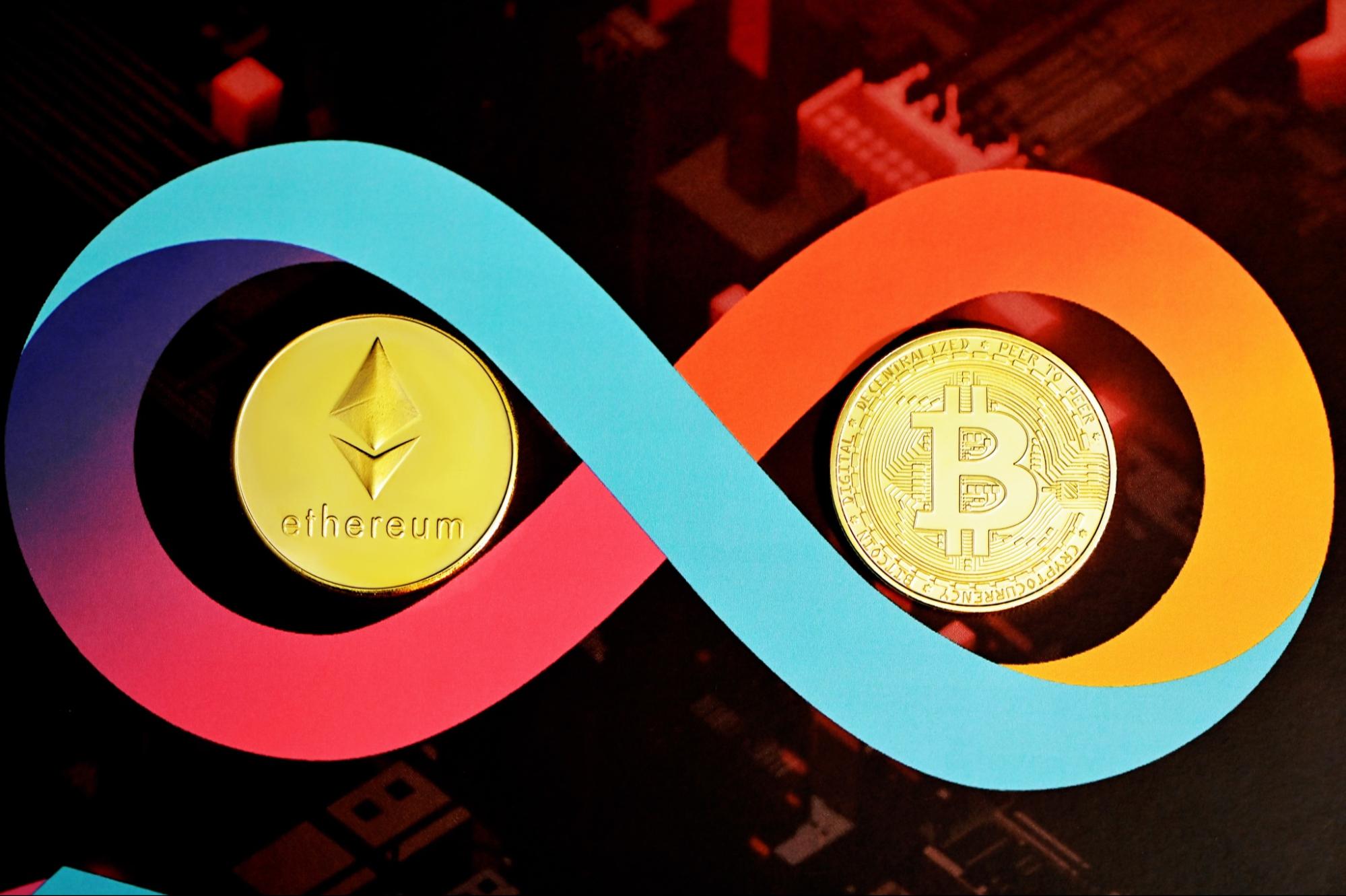If you’re new to crypto, you might have several questions about crypto lending and how it works. And if you’re a member of Gen X, in particular, you might have questions about how crypto loans can help you with your financial situation.
Below, we’ll answer five of the top FAQs on crypto lending.
1. How similar are crypto-backed loans to hard money loans?

While the general idea is the same, crypto-backed loans are completely different. The biggest difference is there is no third-party involved – the transaction is trustless and handled by smart contracts.
Additionally, there is no need for a credit score check or a certain income level. This makes crypto loans accessible to everyone.
2. What are the risks of crypto lending? Is regular lending safer?

Crypto lending carries some unique risks, but this doesn’t mean it’s any less safe.
The most significant risk is crypto’s price volatility. If the market value of the crypto you put up as collateral drops too low, you’ll have to add more to maintain the loan-to-value ratio. Otherwise, you’ll risk liquidation.
Another risk is that crypto lending platforms are not insured. If the lending company goes out of business, you could potentially lose your crypto. To prevent this, make sure you use a company with a good reputation and large user base.
3. Can you get a crypto loan without collateral?
There are several small companies that provide uncollateralized crypto loans. But these types of loans are still a developing sector in DeFi and are very new.
One option is a type of loan developed by Aave called “flash loans.” These are uncollateralized loans that let someone instantly borrow any amount of a crypto asset. But the catch is they have to pay it back almost immediately.
A borrower might take advantage of a flash loan for the purpose of arbitrage or collateral swaps.
But flash loans are not accessible to everyone. They’re only intended for developers because the borrower must code the smart contract for their own flash loan.
4. What happens if you default on a crypto-backed loan?

If you default on your crypto loan, your collateral will be liquidated to pay the lender. Keep in mind that crypto loans are always over-collateralized, so you put up more in collateral than you borrow.
The lender will take most or all of your collateral if you can’t repay the loan. This is why you should only take out loans you are confident you can repay.
5. Are the terms of crypto loans more favorable than hard money loans?
Crypto loan terms can definitely be more favorable. For example, crypto loans have flexible repayment schedules.
Rather than being forced to make monthly payments, you can pay your loan back whenever you like, as long as it’s by the specified date. In addition, crypto lending tends to have lower interest rates.
On the downside, they require the borrower to put up more collateral than they are borrowing, sometimes as much as double what they’re asking for.
There are also borrowing minimums. If you don’t have enough collateral to meet the minimum, then you won’t be able to get a loan.
Understanding crypto lending
By taking the time to learn about crypto lending, Gen X can give themselves another tool for managing their debt and expenses. As crypto becomes more mainstream, the crypto lending industry will only continue growing, so learning about it now is a great way for Gen X to get ahead of the game.
About the Author

Michael Hearne
About Decentral Publishing
Decentral Publishing is dedicated to producing content through our blog, eBooks, and docu-series to help our readers deepen their knowledge of cryptocurrency and related topics. Do you have a fresh perspective or any other topics worth discussing? Keep the conversation going with us online at: Facebook, Twitter, Instagram, and LinkedIn.


